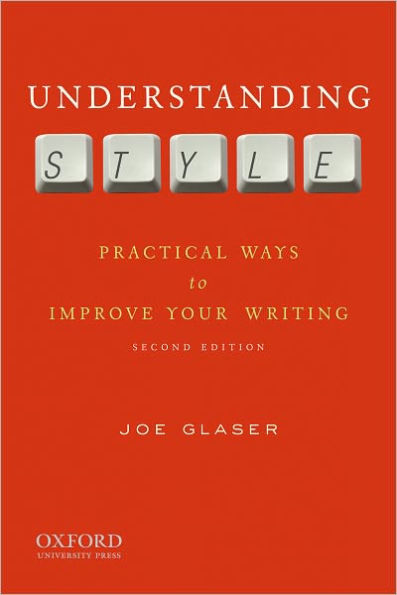5
1
9780195379495


Understanding Style: Practical Ways to Improve Your Writing / Edition 2 available in Paperback

Understanding Style: Practical Ways to Improve Your Writing / Edition 2
- ISBN-10:
- 0195379497
- ISBN-13:
- 9780195379495
- Pub. Date:
- 06/18/2009
- Publisher:
- Oxford University Press
- ISBN-10:
- 0195379497
- ISBN-13:
- 9780195379495
- Pub. Date:
- 06/18/2009
- Publisher:
- Oxford University Press

Understanding Style: Practical Ways to Improve Your Writing / Edition 2
$39.95
$39.95
Temporarily Out of Stock Online
Temporarily Out of Stock Online
39.95
Out Of Stock

Product Details
| ISBN-13: | 9780195379495 |
|---|---|
| Publisher: | Oxford University Press |
| Publication date: | 06/18/2009 |
| Edition description: | Older Edition |
| Pages: | 288 |
| Product dimensions: | 5.50(w) x 8.20(h) x 0.80(d) |
About the Author
From the B&N Reads Blog
